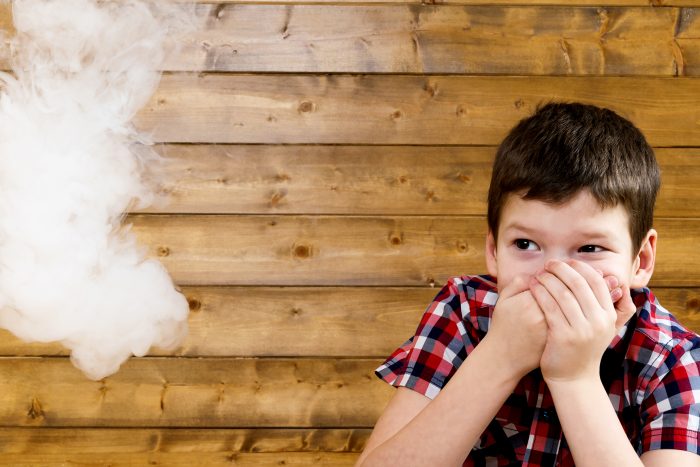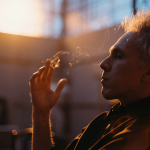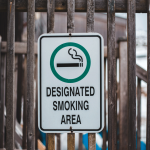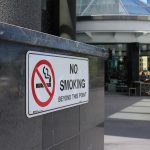
The Danger of Secondhand Smoke for Children
Posted on Jan 14, 2020 In Articles, LifestylePassive smoking is the inhalation of smoke called Second-hand Smoke. Second-hand smoke (SHS) is smokes that come from tobacco products such as cigarettes, cigars or pipes. They breathe from the smoke that comes from cigarettes and smoke breathed out by smokers. Non-smokers who breathe in second-hand smoke take in nicotine and toxic chemicals the same way smokers do. The more second-hand smoke you breathe, the higher the levels of these harmful chemicals will find its way into your body.
According to the American Cancer Society and Centers for Disease Control and Prevention second-hand smoke has the same harmful chemicals as the one smokers inhale. Second-hand smoke has more than 7,000 chemicals, at least 70 of these can cause cancer. When non-smokers involuntary are exposed for second-hand smoke is it also called passive smoking. The non-smokers are inhaling the same chemicals as the smokers and the more second-hand smoke you breathe, the higher the level of these harmful chemicals will continue into your body system. Research have found links between several diseases and second-hand smoke and how it affects the heart and blood vessels, increasing the risk of heart attack and stroke in non-smokers. The higher the intake of second-hand smoke the higher is the risk of these diseases.
Where can you be exposed to second-hand smoke?
Second-hand smoke is to be found everywhere but according to the American Cancer Society one should be extra alert regarding exposure to second-hand smoke in these places; work, public spaces and your home.
Second-hand Smoke Harms Children
Children tend to have a higher risk than adults of the negative effects of second-hand smoke. It is because kids breathing are faster than an adult. Adults breathe in and out approximately 14 to 18 times a minute and new-borns can breathe as many as 60 times a minute. Up until a child is about 5 years old, the respiratory rate is quite fast.
Health Effect of Second-hand Smoke on Children:
- Sudden infant death syndrome (SIDS)
- More respiratory infections (such as bronchitis and pneumonia)
- More severe and frequent asthma attacks
- Ear infections
- Chronic cough
How to Protect Children from Second-hand Smoke
- Keeping kids far away from smokers
- Avoid being around people who smoke
- Do not smoke or allow people to smoke in your house or car
- Tell smokers to smoke in the restricted area (smoking cabin/smoking area)
- Use Air Purifier to clean the air










One comment
AffiliateLabz
Posted on February 16, 2020 at 8:56 amGreat content! Super high-quality! Keep it up! 🙂